Biodiversity continues to disappear unchecked
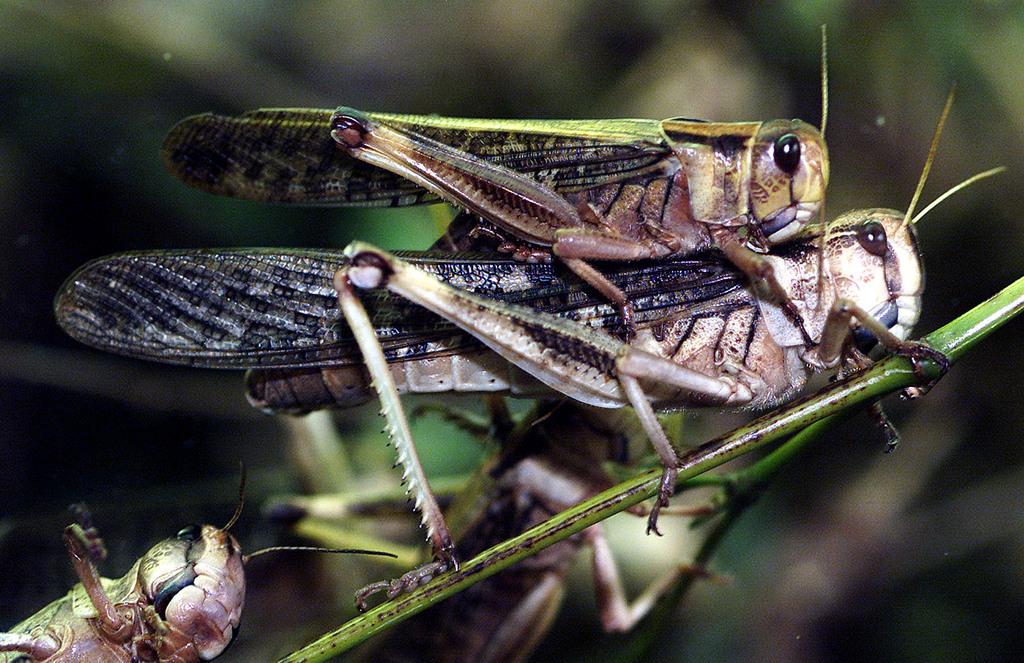
Biological diversity in Switzerland has massively declined and not enough is being done to counter this, according to scientists. The area of natural habitats should be double its current size to maintain diversity and its benefits for humans in the long term, they say.
“We are seriously concerned”, “I didn’t expect this”, “I’m worried and also angry” – these are just a few of the worrying comments by researchers involved in the report “The State of Biodiversity in Switzerland 2014”.
The report, published on Tuesday, is the first time that 43 experts from 35 scientific institutions have collaborated to examine biological diversity in Switzerland.
“The trend – of dwindling biodiversity – is unbroken and the efforts against this are far too slight,” said Markus Fischer, a professor at the University of Bern and president of the Swiss Biodiversity Forum which produced the report.
Losses listed by the scientists include the fact that 70% of meadows and pasture have been destroyed since 1900; 100% of moors are threatened by a loss of nutrients in the air; only 1% of arable land is ecologically valuable; and indigenous whitefish species have dropped by 40%.
“There’s clearly a downward spiral in action, which is why despite hard work since the 1980s we haven’t managed to get out of the danger zone,” said Stefan Eggenberg, director of plant protection foundation Info Flora.
He pointed out that a third of the 8,000 plant types mapped in the 1990s could no longer be traced.
The problems have been known for a long time, the scientists said: the habitats of organisms are being isolated into small islands, losing quality or disappearing completely.
Not all bad
They argued that human wellbeing could not be guaranteed with reduced biodiversity: the ecosystem would only be able to carry out various functions, such as cleaning water or pollinating plants, to a limited extent.
But even if there is no benefit to humans, biodiversity as a product of billions of years of evolution is still worth preserving, Fischer said. “It is also an achievement of civilisation, if one can give space in a country to biodiversity – and it doesn’t need much space.”
Despite the grim reading, a few successes could be noted: the diversity in meadows which are being used again has increased by 20% in just a few years; the natural regeneration of rivers can also boost diversity; new spawning grounds for amphibians make an impact; not mowing meadows doubles the number of grasshoppers.
“This shows that measures can have an effect, but the efforts to date have been far too little,” Fischer said.
Politicians have already reacted – at least on paper. In 2012, the cabinet agreed the Swiss Biodiversity Strategy, which defined ten strategic targets for the long-term preservation of biodiversity.
Fischer warns, however, that without major additional efforts in all areas of society and politics these goals will not be achieved.
Swiss biodiversity
Switzerland is home to around 45,000 species, of which 100 are unique to Switzerland.
The Agroscope gene databank contains the seeds of 12,000 agricultural plants such as corn, vegetables and fodder plants.
There are 200 species of bird, 600 species of wild bees, 3,000 species of plants and 1,000 species of moss.

In compliance with the JTI standards
More: SWI swissinfo.ch certified by the Journalism Trust Initiative
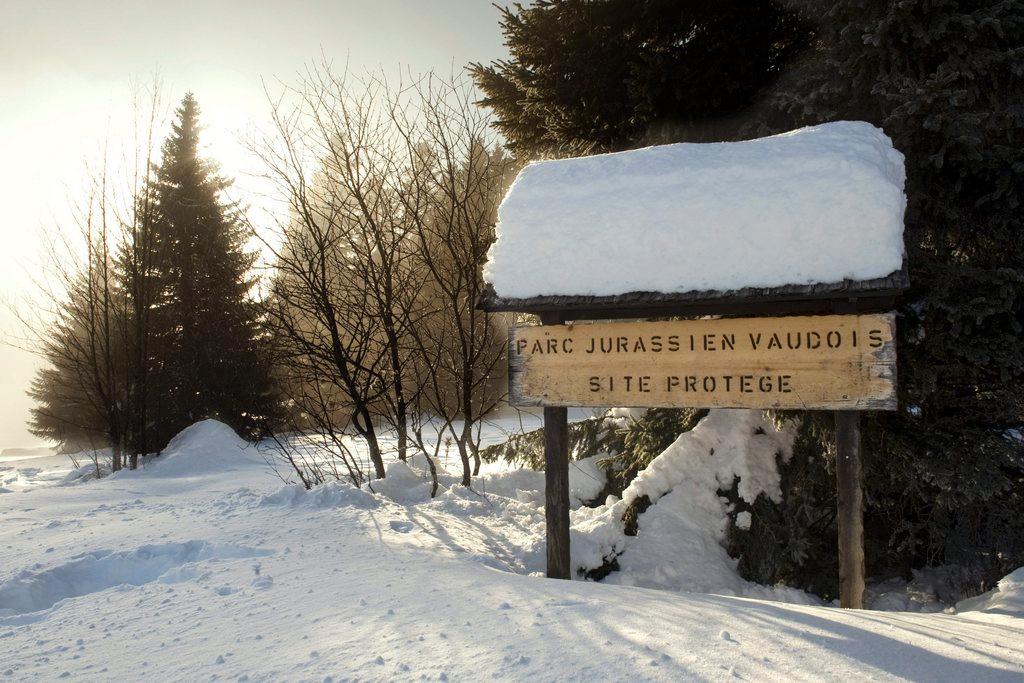
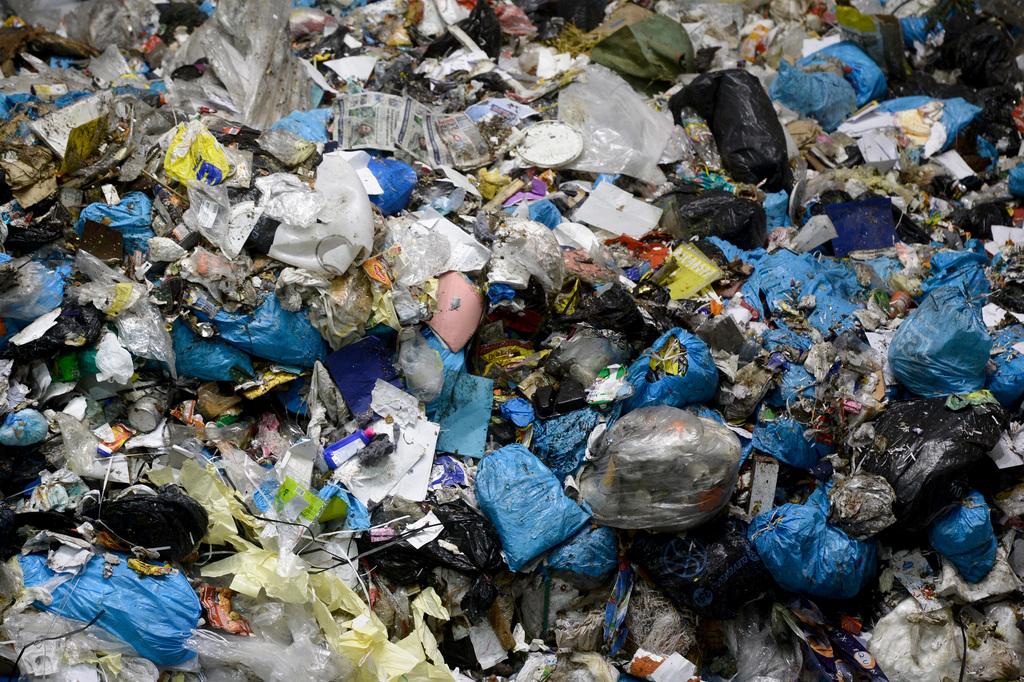
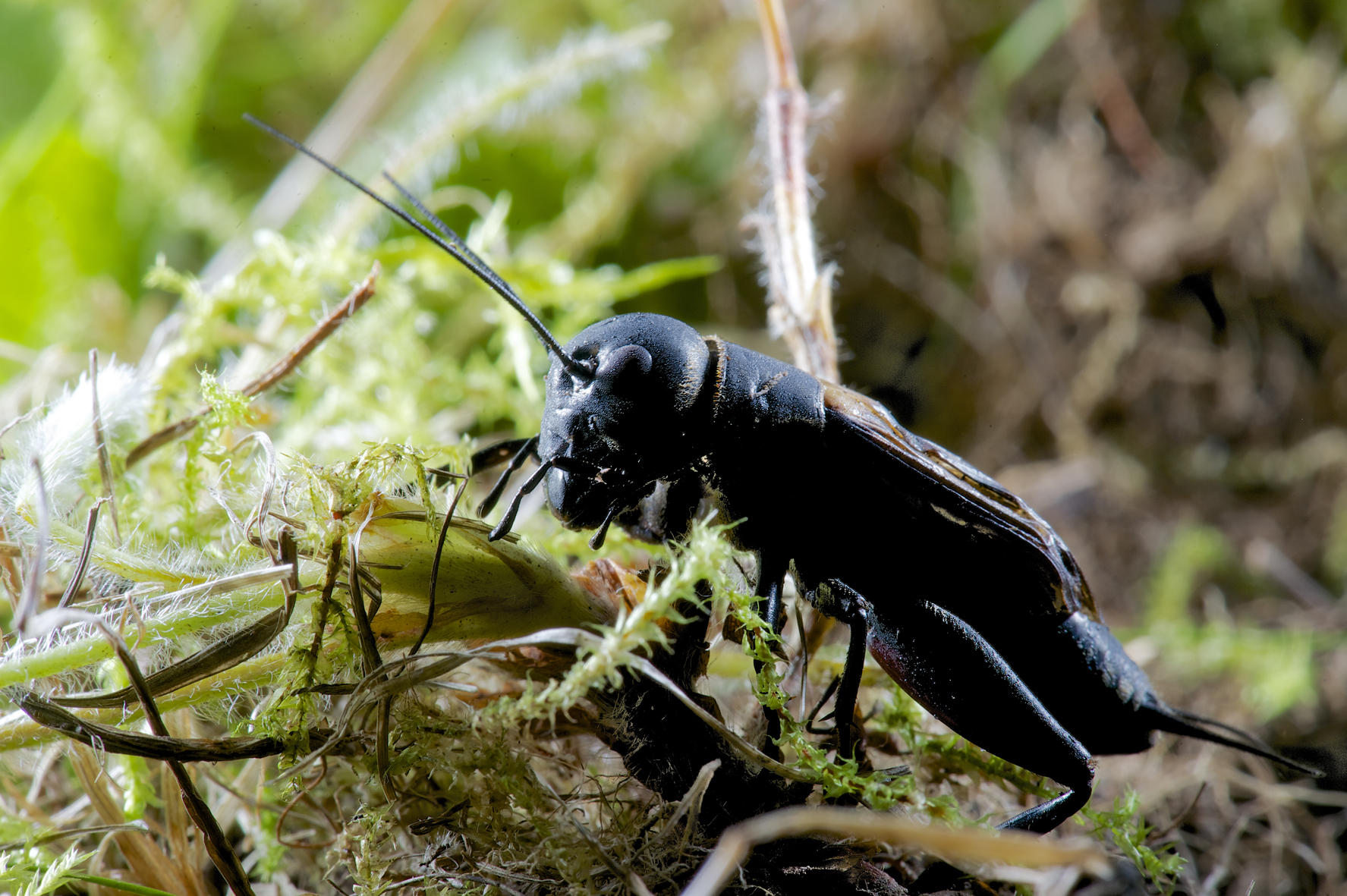
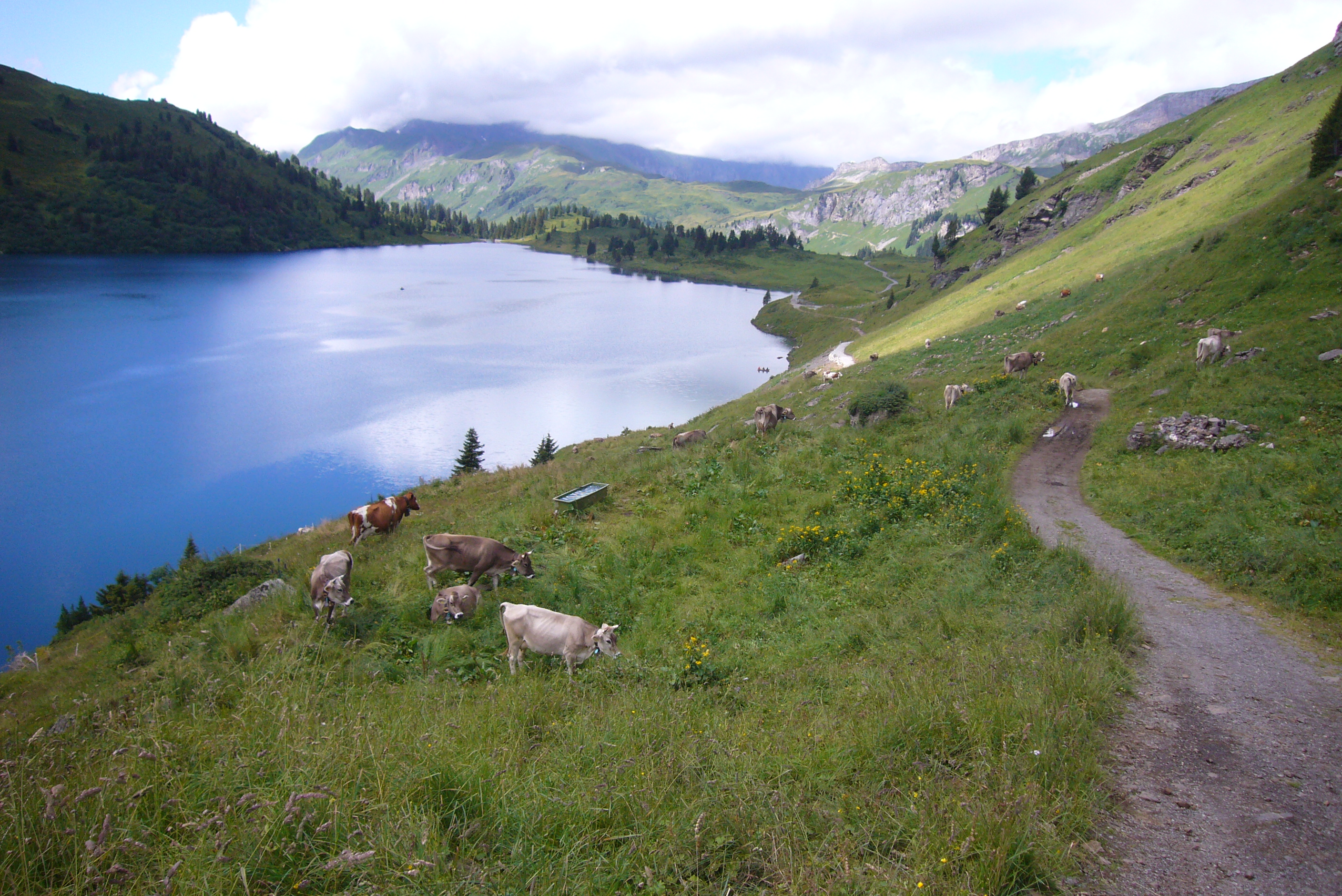
You can find an overview of ongoing debates with our journalists here. Please join us!
If you want to start a conversation about a topic raised in this article or want to report factual errors, email us at english@swissinfo.ch.